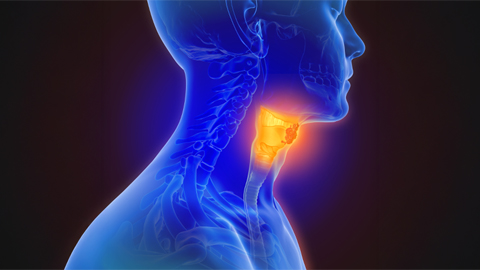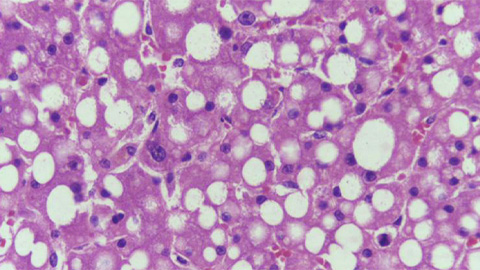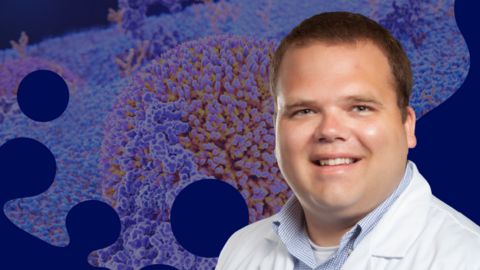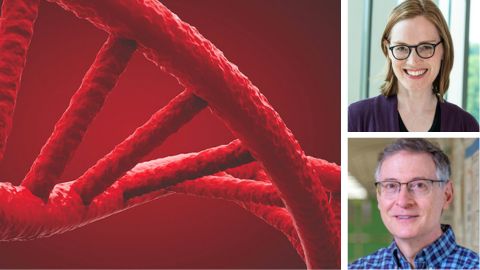JBC: Seeking an off switch for celiac disease
Celiac disease is an autoimmune disorder that affects, by some estimates, nearly one in 100 people. Celiac symptoms ar triggered by gluten, a protein found in wheat and related plants, but gluten doesn’t act alone to cause the digestive problems that patients suffer. Rather, gluten induces an overactive immune response when it’s modified by the enzyme transglutaminase 2, or TG2, in the small intestine.
Research published in the Journal of Biological Chemistry identifies an enzyme that turns off TG2, potentially paving the way for new treatments for celiac disease. Michael Yi, a chemical engineering graduate student at Stanford University, led the study.
“Currently, therapies to treat people with celiac disease are lacking,” Yi said. “The best approach right now is just a strict adherence to a lifelong gluten-free diet. Perhaps the reason behind this is our relatively poor understanding of TG2.”
The biochemistry of how TG2 interacts with gluten and induces an immune response has been well studied, but more basic mysteries remain, such as how TG2 behaves in people without celiac disease. Chaitan Khosla, the Stanford professor and director of Stanford Chemistry, Engineering & Medicine for Human Health, who oversaw the new study, has done research showing that TG2 can be active or inactive, depending on the forming or breaking of a specific chemical bond, called a disulfide bond, between two amino acids in the enzyme.
“Even though there’s a lot of transglutaminase 2 protein in the (small intestine), it’s all inactive,” Khosla said. “When it became clear that even though the protein was abundant, its activity was nonexistent in a healthy organ, the question became ‘What turns the protein on, and then what turns the protein off?’”
In 2011, Khosla’s team identified the enzyme that activates TG2 by breaking its disulfide bond. In the new paper, the researchers did experiments in cell cultures and found an enzyme that re-forms this bond, inactivating TG2. This enzyme, ERp57, is known mainly for helping fold proteins inside the cell. When it turns off TG2, it does so outside of cells, raising more questions about its functions in healthy people.
“Nobody really understands how (Erp57) gets outside the cell,” Khosla said. “The general thinking is that it’s exported from the cell in small quantities; this particular observation suggests that it actually does have a biological role outside the cell.”
TG2 is now the first protein known to have a reversible disulfide bond on/off switch of this type.
“This is a very different kind of on-and-off chemistry than the kind that medicinal chemists would (typically) use,” Khosla said.
Understanding this mechanism has led the team to investigate whether any drugs approved by the Food and Drug Administration could target the switch directly. Because previous studies have suggested that lack of TG2 doesn’t seem to affect the health of mice negatively, blocking TG2 is a promising avenue for treating celiac disease patients without requiring lifelong dietary changes.
Enjoy reading ASBMB Today?
Become a member to receive the print edition four times a year and the digital edition monthly.
Learn moreGet the latest from ASBMB Today
Enter your email address, and we’ll send you a weekly email with recent articles, interviews and more.
Latest in Science
Science highlights or most popular articles

Pan-kinase inhibitor for head and neck cancer enters clinical trials
A drug targeting the scaffolding function of multiple related kinases halts tumor progression.

Sweet secrets of sperm glycosylation
Scientists from Utrecht University uncover similar glycosylation patterns in sperm from bulls, boars and humans, distinct from those found in blood across species. These findings may improve IVF and farming techniques.

From the Journals: JLR
Promising therapeutic candidate for steatosis. Unique lipid profiles in glycogen storage disease. Microglial lactic acid mediates neuroinflammation. Read about these recent papers.

Meet Robert Helsley
The Journal of Lipid Research junior associate editor studies chronic liver disease and was the first in his family to attend college.

From the Journals: MCP
Protein acetylation helps plants adapt to light. Mapping protein locations in 3D tissues. Demystifying the glycan–protein interactome. Read about these recent papers.

Exploring life’s blueprint: Gene expression in development and evolution
Meet Julia Zeitlinger and David Arnosti — two co-chairs of the ASBMB’s 2025 meeting on gene expression, to be held June 26-29, in Kansas City, Missouri.

.jpg?lang=en-US&width=300&height=300&ext=.jpg)